The Master Gas System — fueling a nation
The Master Gas System (MGS) was one of the biggest energy projects in Aramco’s history, enabling one of the world’s largest gas markets and transforming the national energy mix toward clean fuel.
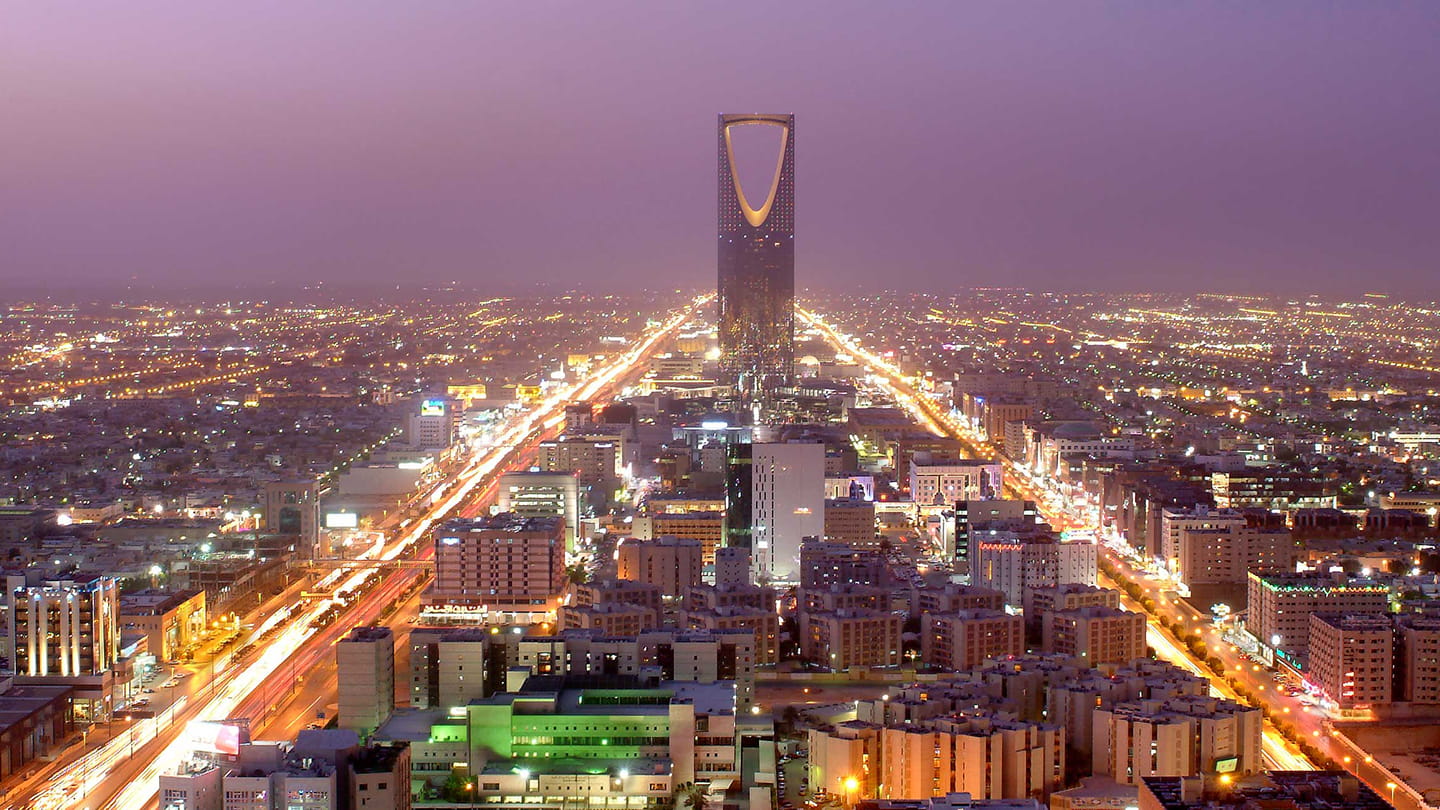
-
The Master Gas System (MGS) enables Aramco to derive value from its range of gas deposits, delivering it to consumers to generate cleaner power and develop Saudi Arabia’s chemical industry
-
Saudi Arabia now has the world’s sixth largest gas market, dramatically reducing the amount of oil used in domestic power production
-
Our gas flaring status is below 1% and we aim to achieve zero routine flaring by 2030
From the desolate Rub’ al-Khali desert to the shallow waters of Manifa Bay, the Eastern Province of Saudi Arabia in the 1970s was busy with the boom of industry. Aramco’s oil fields were powering a nation and the world, a catalyst for economic growth, and the steady haze of light flashes and columns soaring skywards was, as one employee remembers, “like something out of a Greek mythological story, with eternal fires that burnt day and night.” But Aramco was to put the flares out with its Master Gas System (MGS), harnessing this resource to change the landscape not only of the Company but the country.
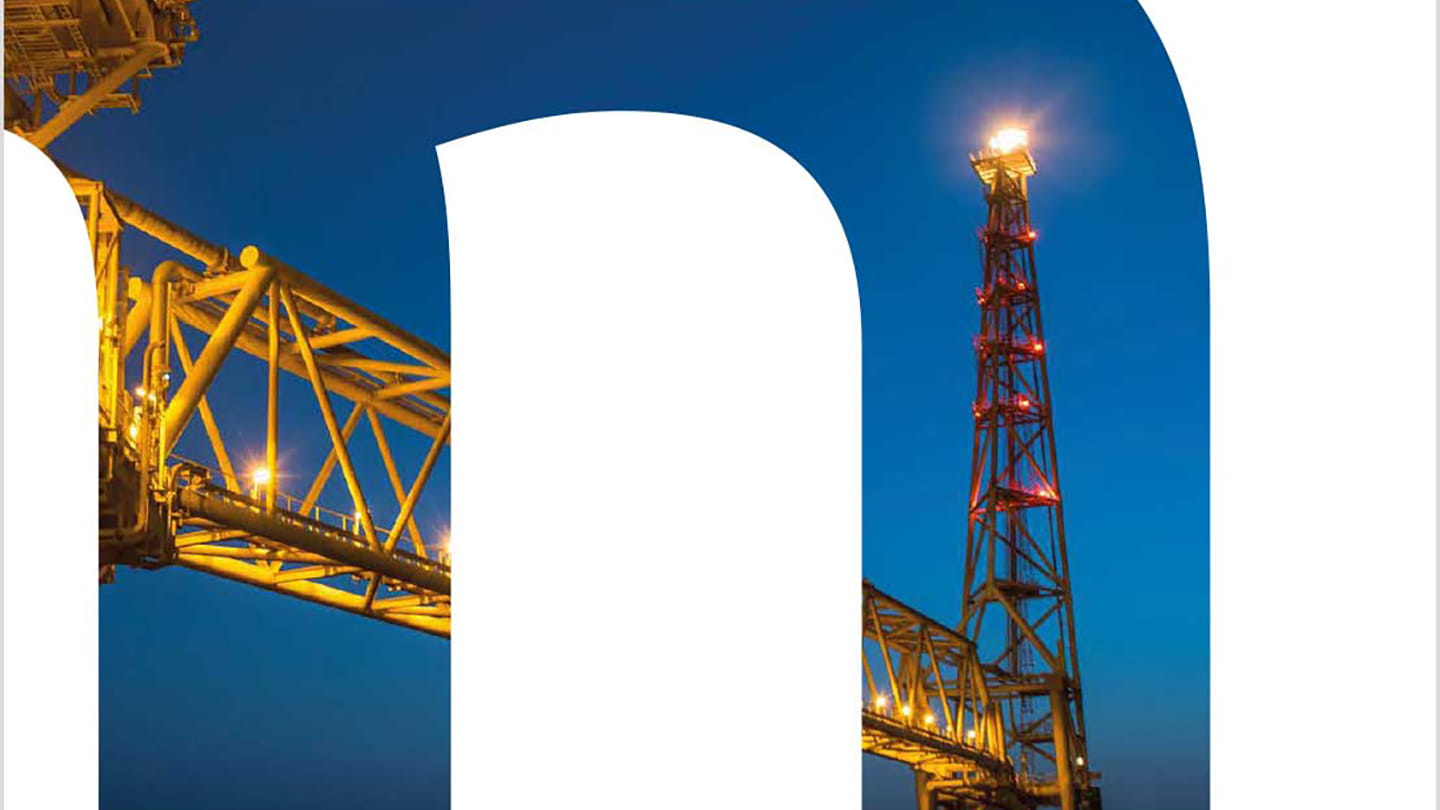
Lighting the skies
The flare stack is an iconic image of the oil and gas industry. During oil production, associated gas is produced from the reservoir together with the oil. Historically, this gas was considered uneconomic to exploit and was burned off, or flared.
The MGS changed this by capturing and utilizing this gas as a source of energy. Not only did this replace oil that was being used for domestic power generation, but it reduced the CO2 emissions from the flare stacks themselves. As new nonassociated and unconventional gas fields were discovered, they all fed into a common sales gas stream through the MGS for delivery to customers.A boom time for Saudi
The 1970s was a time of huge economic growth in Saudi Arabia, leading to a greater acceleration in urbanization and industry, a growing consumer economy, and increasing employment opportunities for young Saudis. Nascent industries like petrochemicals needed competitive feedstocks, and the Saudi government was keen to diversify the economy and reduce the costly use of oil as a domestic power source.
The easiest solution was to tap into the associated gas being flared off and wasted, and instead use it as a low-cost and cleaner fuel for industrialization. And so, in 1975, Aramco designed, developed, and operated a gas gathering, treating, processing, and transmitting system, which would collect gas from Aramco producing fields and take these to markets to provide fuel and feedstocks for the Kingdom.
An ambitious engineering project
The MGS was to become one of the most ambitious engineering projects undertaken in the region. At the time, it was unprecedented in scope and cost for the Company, requiring sophisticated equipment, computers, construction methods, and state-of-the-art technology. The scale was huge; Shedgum and ‘Uthmaniyah gas plants each covered 121 hectares (about 160 football fields), utilizing some of the largest gas processing equipment available.
Aramco’s own publication, The Arabian Sun, captured some of the bustle at the time: the storage yard at ‘Uthmaniyah “groans under mountains of material” while “thousands of men pull cable, spread asphalt, drive cranes, handle jackhammers … assemble, weld, and insulate the interminable pipes, some as narrow as a five-halala coin, some as wide as a Land Rover.” The Arabian Sun, August 27, 1980, detailed the huge quantities of food and drink being consumed by the workers, including 48,000 cups of tea a week.
A Master Gas System rising from the desert sands
Berri Gas Plant was the first milestone, inaugurated in 1977 by King Khalid bin Abdulaziz Al-Saud, and when fully on stream recovered about 800,000 barrels per day of natural gas liquids (NGL) — an amount at the time equivalent to one-half the daily energy needs of Italy.
By 1981, all initial operational facilities were functioning: a system comprised of gleaming pipes taking raw gas to plants for separation and purification, towers, compressor stations that maintained sufficient pressure in the pipelines, storage, loading facilities for extracted gas liquids, and long trunk pipelines taking the sales gas to market, crisscrossing the sun scorched landscape.
By 1986 the MGS had been expanded to include offshore fields, and Aramco now had the capacity to produce up to 2 billion standard cubic feet per day (scfd).
Over 40 years later, the MGS now enables the Company to utilize all the gas it produces domestically, with the main consumers being the power generation industry, followed by petrochemical and refining industries, cement and desalination plants, and fertilizer and steel-making facilities.
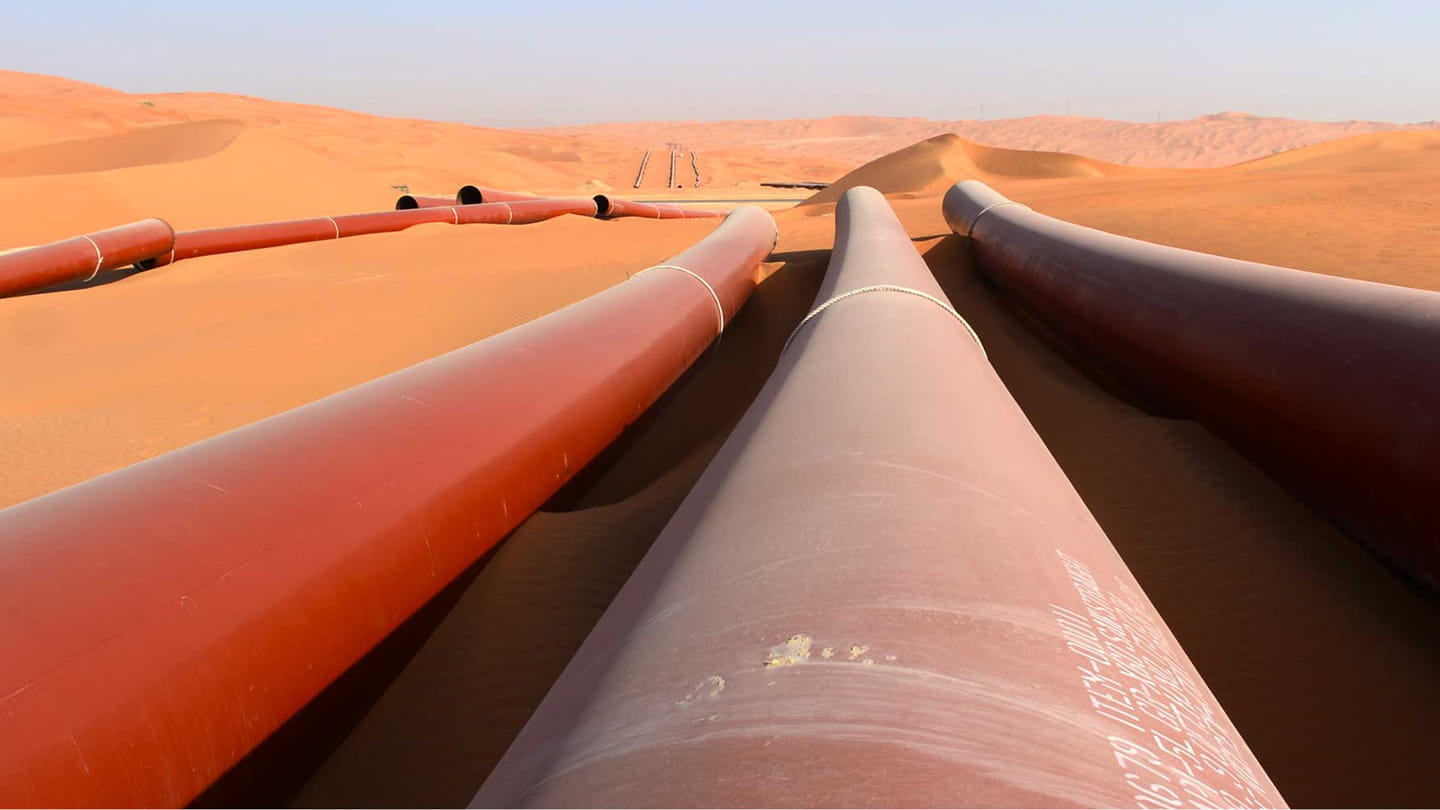
The total length pipeline in service, ready for commissioning, or decommissioned, is 3,850km, and pipelines under construction totals an additional 1,075km.
Expanding the Master Gas System
To meet the Kingdom’s increased energy demand, Aramco has continued to expand the MGS. Hawiyah Gas Plant, completed in 2001, was the first plant to be built exclusively to capture nonassociated gas from a gas reservoir rather than produced alongside oil. Together with the others that followed — Haradh, Wasit, and Fadhili — it represented the importance being placed on developing the Kingdom’s gas resources.
The next phase will increase the total MGS network capacity to 12.5 billion scfd (more than the annual gas consumption of the U.K. and France combined), adding 821km of additional pipeline across the East-West Pipeline corridor, and adding one more gas compression plant. As gas production grows, the Kingdom may also export natural gas to capture additional revenues.
One of the lowest flaring intensities in the world
Although the MGS has all but eliminated associated gas flaring, removing 100 million metric tons of CO2 equivalent every year since it was established, some “routine flaring” is still necessary, such as for venting for safety reasons. Aramco are world leaders in mitigating routine flaring and plan to reduce this to zero by 2030. The Company already has one of the lowest carbon intensity rates in the industry.
This is thanks to a number of industry-leading initiatives and zero routine flaring technology such as the Flaring Monitoring System, which uses Fourth Industrial Revolution technology to monitor and mitigate flaring in real time. Aramco also established a Leak Detection and Repair program to accurately measure and respond to methane emissions, installed flare gas recovery systems, and applied stringent engineering maintenance standards on the equipment used across our operations.
Aramco also recently partnered with a flare company that will manufacture and distribute an innovative smokeless flare technology, invented by an Aramco engineer, Mazen M. Mashour. The High-Pressure Air Assist System retrofits over existing flare stacks with efficiency and speed, helping to reduce emissions further.
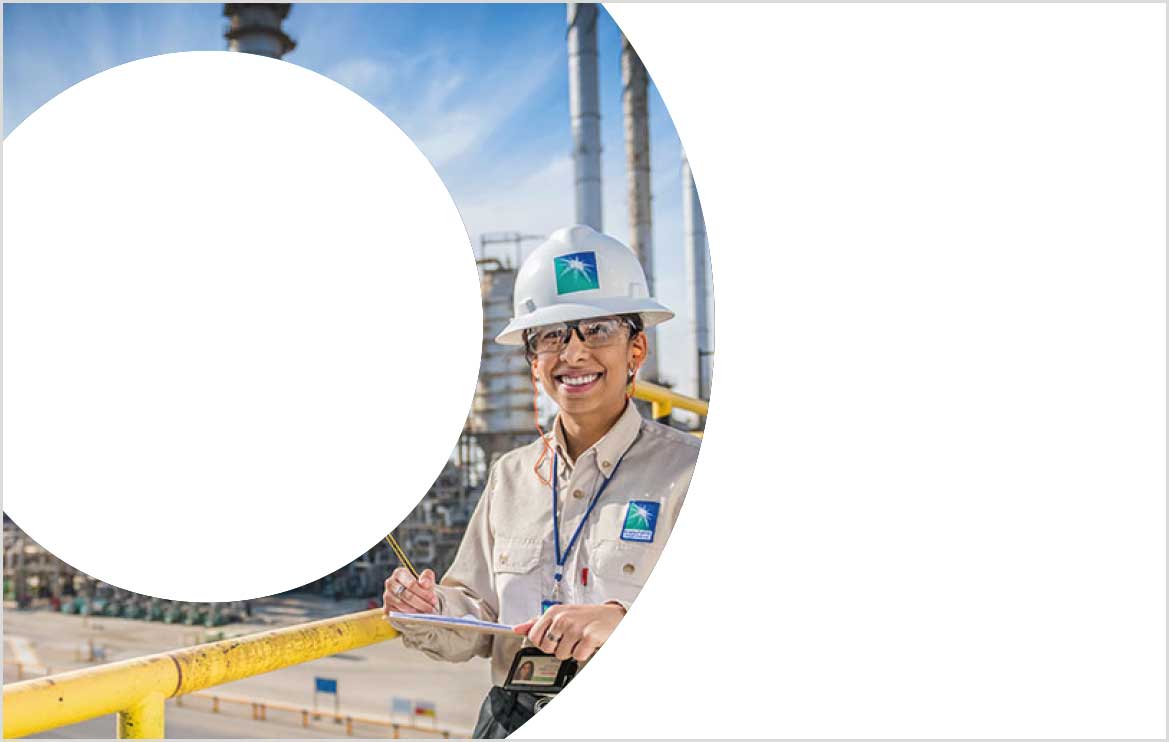
Zero Routine Flaring 2030
In 2015, Aramco was recognized by the World Bank as having one of the lowest flaring intensities in the industry; to date, Aramco’s flaring intensity remains at less than 1%. The Company’s Flare Minimization Program is already progressing toward zero routine flaring, and in November 2019 Aramco joined the World Bank initiative Zero Routine Flaring 2030, where, as an exemplar, will be sharing best practices in flare minimization with the industry.
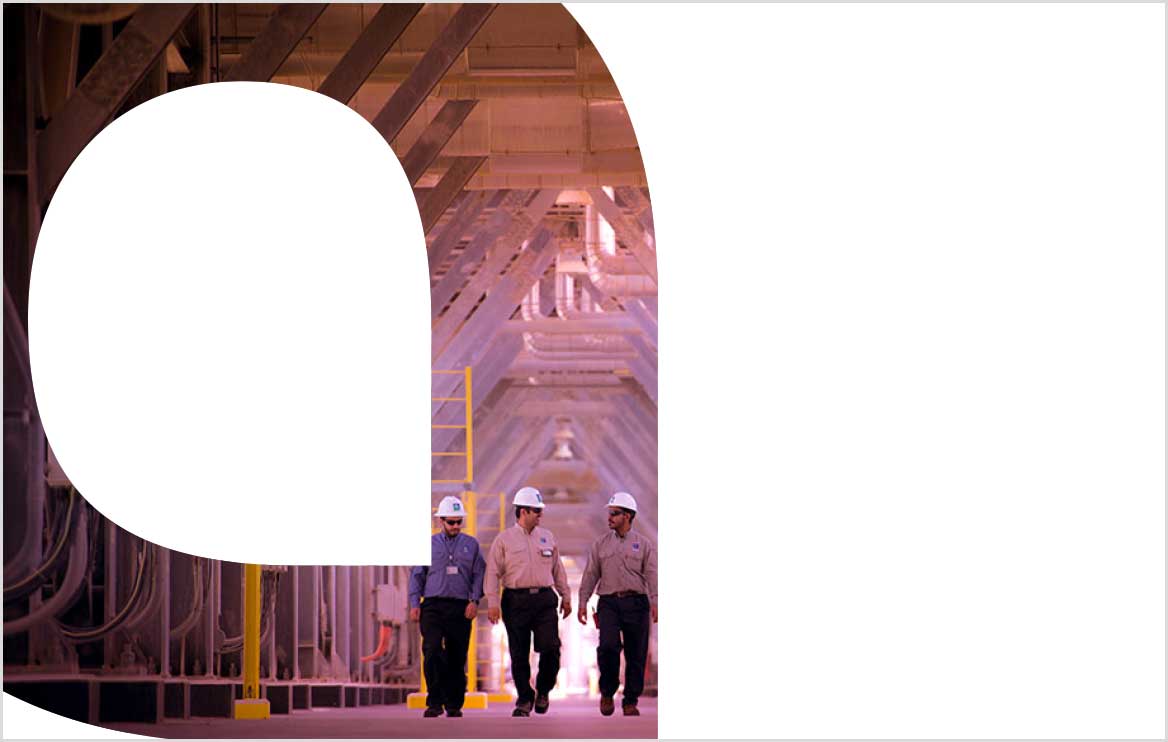
A masterful and enduring energy system
Thanks to the MGS, the Kingdom now has a large and growing gas industry. It has reduced the amount of oil needed for domestic power generation — with both economic and carbon emissions benefits — and has accelerated the Company’s downstream strategy to make Aramco the world’s largest integrated oil and gas company, creating value across the hydrocarbon chain. Since its inception, Aramco has also recovered close to 99 per cent of the total gas produced, while reducing carbon dioxide emissions by more than 98 million metric tons per annum.
From sand dunes to lava fields, and through the rugged mountains of Hijaz, the MGS will continue to reach demand centers across the country, providing clean fuel and feedstocks to the nation. Thanks to the far-sighted planners who envisaged an MGS all those years ago, Saudi Arabia will continue to maximize the value of its hydrocarbons in the most responsible and sustainable manner - long into the future.
Glossary of terms
Associated Gas
Natural gas found in an oil reservoir that is produced alongside the oil being extracted.
Flaring
The act of burning excess gas for operational or commercial reasons.
Routine flaring
Even though most of the associated gas is now captured within the MGS, some flaring remains necessary for safety reasons, reservoir management, or because it would be uneconomic to capture. This is called routine flaring.
Nonassociated Gas
Gas taken from predominantly gas reservoirs rather than being a byproduct of oil production.
Sales gas
Treated and dried gas, with water, gas liquids and impurities removed, that is then transported to customers via the MGS.
Wet gas
Natural gas emerging from the production well, either AG or NAG, containing natural gas liquids; for example, propane and butane.
Feedstock
Raw material used to supply industrial processes.
GOSP
Gas-Oil Separation Plant – the facility that separates wellhead fluids into stabilized gas or oil.
Unconventional Gas
Gas in shale or tight (nonporous) formations, which requires different production techniques, for example hydraulic fracturing (fracking), to conventional drilling methods.
More from Elements
The material in this article is intended to be for general informational purposes only, and readers should not place undue reliance on the statements or opinions therein. Any information provided speaks only as of the date this content was published and Saudi Aramco undertakes no obligation to correct, update, or revise any statements or opinions made in or implied by this article.











